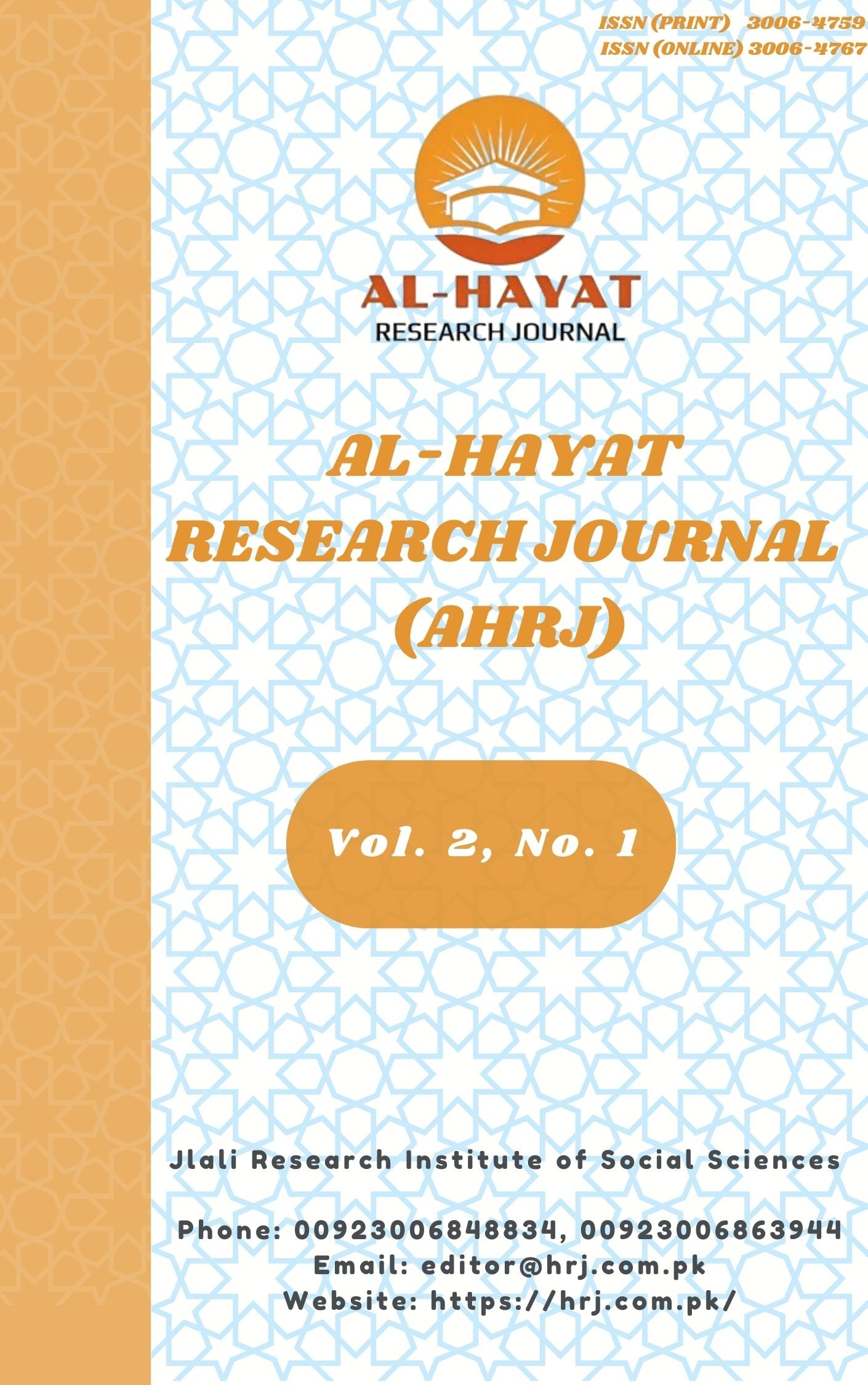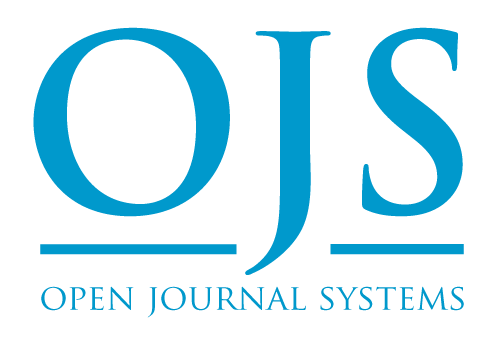Discursive Constructions of Power and Class in Mohsin Hamid’s Moth Smoke: A Critical Discourse Analysis Approach
DOI:
https://doi.org/10.5281/Keywords:
Class distinction, Critical Discourse Analysis, Moth Smoke, Power dynamics, Social InequalityAbstract
Mohsin Hamid’s “Moth Smoke” (2000) is a compelling exploration of social inequality and power dynamics in Pakistan, portraying the stark divide between the elite and the marginalized. This study employs Fairclough’s Critical Discourse Analysis (CDA) framework to examine how language, narrative structure, and character interactions construct and perpetuate class distinctions in the novel. By analyzing textual excerpts, discourse practices, and social practices, the research reveals how Hamid critiques systemic inequities and ideological biases embedded in Pakistani society. The findings highlight the novel’s role in challenging dominant power structures and offer insights into the interplay of language, ideology, and social hierarchy. This study contributes to literary CDA by demonstrating how fiction can serve as a tool for social critique, urging readers to reflect on their roles in power-laden discourses.
Published
Issue
Section
License
Copyright (c) 2024 AL-HAYAT Research Journal (AHRJ)

This work is licensed under a Creative Commons Attribution 4.0 International License.












